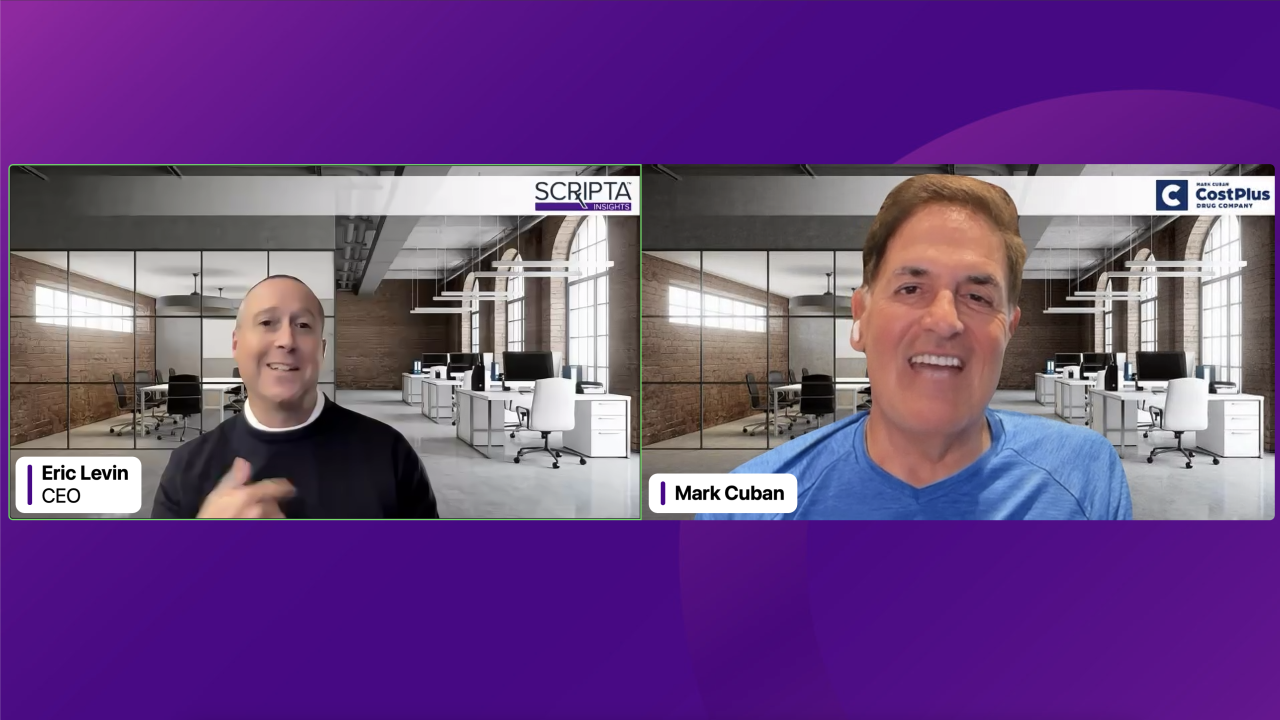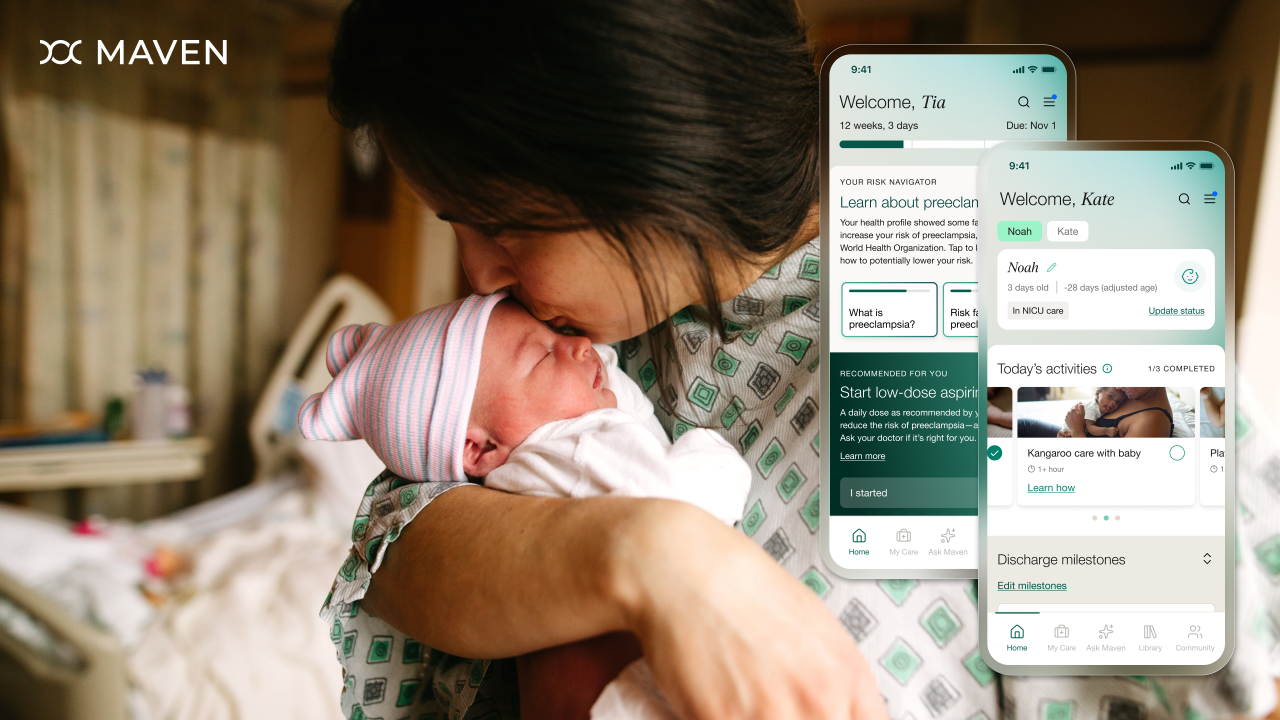Appreciation for the
Among the key findings supporting this conclusion: 57% of those who only have life insurance through their employer believe they have enough coverage, which doesn't square with reality. The median basic coverage offered at the workplace is either a flat sum of $20,000 or one times salary — far less than experts recommend, according to LIMRA's 2025 Insurance Barometer Study. Nearly half of households that only have workplace life insurance coverage say their families would struggle financially in less than six months should a wage earner die unexpectedly.
There's also a disconnect in terms of perception. While only 29% of U.S. adults reported having

"It is difficult to know when this awareness gap began taking hold, but it was probably sometime around 2005, increasing with each year since," observes Steve Wood, director of LIMRA Market Research.
Read more:
He cites several factors to explain this disconnect, beginning with the adoption of high-deductible health plans that require more time during open enrollment periods to examine benefit options. Others include the proliferation of smartphones that fuel shorter attention spans and less likely to read the fine print, as well as
More than one-third of working Americans are uncertain whether they even have access to life insurance at work, and of those that have it, only 57% feel they understand their life insurance benefits well, reports Kim Landry, associate research director for LIMRA Workplace Benefits Research.
In the face of such confusion, what's clear is that they value the coverage. At least half of working Americans cite it as an important benefit for the future, which is up six percentage points from 2021.

"We know that employees understand their benefits better when companies employ a comprehensive benefit communication strategy, and that includes ongoing touchpoints throughout the year," she says.
Read more:
Half of workers surveyed by LIMRA say their employer only shares information about benefits during open enrollment, while 73% would prefer to receive information either a few times or frequently throughout the year. Another finding is that younger workers are apt to want more frequent benefit communication.
One of the industry's leading life insurance advisers agrees with this assessment. "September might be Life Insurance Awareness Month, but these conversations matter all year," says Eric Silverman, founder of Voluntary Disruption. "Once people understand what it can really do for them and their family, interest goes through the roof."
A shift in thinking about life insurance in recent years has breathed new life into this core ancillary product. For example, Silverman says life insurance with a long-term care rider changes the conversation and makes it one of the most undervalued benefits in the marketplace. The beauty of pairing these two coverages is that policyholders don't have to wait until they die to help protect their family.

"If you need care, you can draw from the benefit early," he explains. "That flexibility is worth its weight in gold and most people have no idea it exists."
In essence, it's about leveraging the benefit to keep up for soaring demand for healthcare services later in life. "If your life insurance can't help you while you're still living, you're leaving value on the table, he adds.
As a result, Silverman has seen HR and benefit professionals field more questions about life insurance than ever before.






